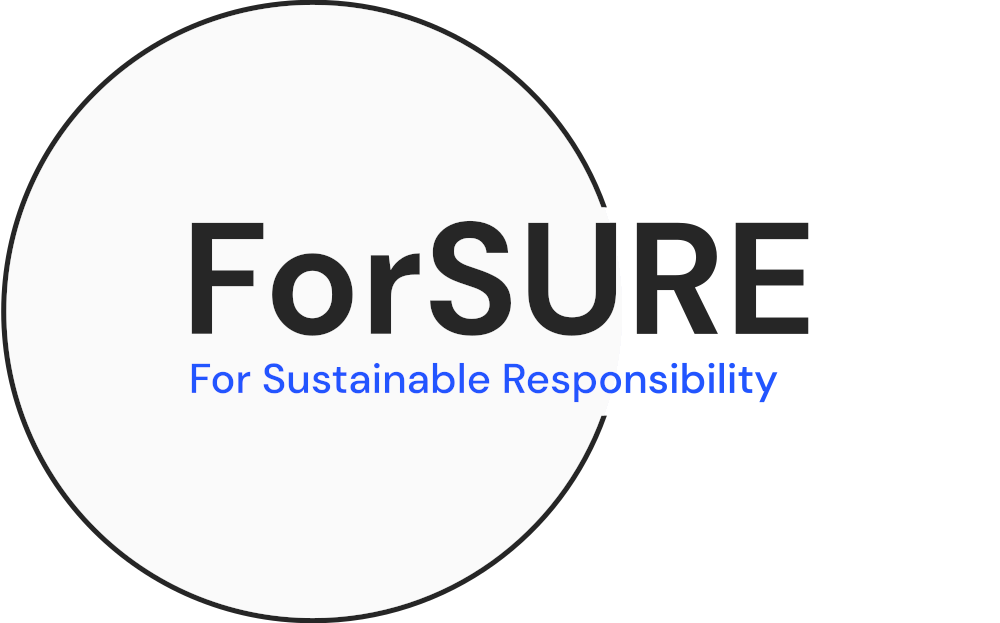Extended Producer Responsibility (EPR) reporting is a crucial requirement for businesses
that place products or packaging on the market to stay compliant. This guide
explains the question “what is EPR reporting”, why it matters, and how to
approach it effectively. Many businesses face challenges such as navigating
varying regulations and managing complex data. Here, we break down the
essentials and share practical tips to help you overcome common issues and stay
compliant with confidence.

What is EPR Reporting?
EPR reporting is the process by which companies disclose the types and volumes of materials they place on the market. This forms the basis for their financial contributions to waste management systems. In short, EPR, is a policy that holds producers accountable for the environmental impact of their products at their end-of-life phase. By submitting EPR reports, businesses fund and support the collection, recycling, and proper disposal of the waste their products generate.
Why EPR Reporting Matters
But explaining “what is EPR reporting” is no use without understanding why it matters:
-
Accountability through EPR Reporting
In today's eco-conscious world, many businesses claim to be sustainable. However, words without actions are just empty promises. The EPR data requirements act as a watchdog, ensuring that companies aren't just talking the talk but walking the walk. By holding producers accountable, it ensures that their environmental pledges aren't mere lip service.
-
Building trust with transparency
Modern consumers are savvy. They're not just looking for products; they're seeking brands they can trust. EPR data shines a light on a company's environmental practices, offering a transparent view that's crucial in today's market. When consumers can see a brand's genuine commitment to the environment, it fosters trust and deepens brand loyalty.
-
Navigating the regulatory landscape
The global regulatory environment is ever-evolving, especially concerning environmental standards. For businesses, navigating this complex web can be daunting. The reporting serves as a reliable compass, guiding companies through the myriad of environmental regulations. By ensuring compliance, businesses can confidently operate without fearing regulatory mishaps.
Don’t leave compliance to chance. Book a demo to discover how
ForSURE makes EPR reporting easy, accurate, and audit-ready.

Key EPR Reporting Requirements
Before submitting an EPR report, businesses must ensure they’re registered with the appropriate Producer Responsibility Organizations (PROs) and national authorities. The categories that require registration, differ by country, as do the legal obligations, reporting formats, and compliance deadlines. Understanding the specific requirements in each jurisdiction is essential for determining what needs to be reported and when.
Data Required for Accurate EPR Reporting
Once registered, businesses need to collect detailed data for each applicable product category. While reporting requirements vary, nearly all EPR schemes demand accurate reporting of material types and volumes placed on the market. Depending on the region, additional information such as recycling rates or multi-layer packaging details may be required. Sadly, no single EPR reporting template exists. For accurate reporting, consistent and precise data collection is critical, as errors can lead to compliance issues or financial penalties.
Understanding EPR Reporting Deadlines
EPR reporting frequencies depend on the specific regulation and can range from monthly to quarterly or yearly, depending on the country and product type. To stay compliant, it’s essential to track the exact EPR reporting deadlines that apply to each reporting obligation. Setting automated reminders and maintaining a clear reporting schedule helps prevent delays and ensures timely submissions.
Common Challenges in EPR Reporting
EPR often comes with three main challenges that businesses need to address to stay compliant:
-
Regulations
EPR rules vary significantly between countries and are frequently updated. Staying informed about these changes is essential to avoid non-compliance.
-
Data Collection
The process is data-intensive, requiring accurate tracking of product information, sales, and return volumes. Incomplete or inconsistent data can lead to errors in reporting.
-
Managing Countries
Reporting across different countries and product categories adds complexity, as each may have unique requirements, formats, and EPR reporting deadlines.
Best Practices for Successful EPR Reporting
To ensure smooth and accurate reporting, businesses should follow a few key best practices:
-
Assign Responsibilities
Clearly designate who is accountable for EPR compliance within your organization to avoid confusion and ensure deadlines are met.
-
Use EPR Software
Implement specialized tools to automate data collection, streamline reporting, and reduce the risk of human error.
-
Prioritize Data Quality
Invest in reliable data tracking systems, develop an internal EPR reporting template, and conduct regular audits to ensure compliance.
Following these steps helps reduce complexity, improve efficiency, and keep your reporting efforts on track across markets.
EPR Reporting: Be Audit-Ready
and Fully Compliant
-
EPR Reporting Audits:
What to ExpectEPR audits are conducted by PROs or government bodies to verify the accuracy of your reported data. These audits typically involve reviewing your calculation methods, data sources, and documentation to ensure your figures are correct and compliant. To prepare, maintain clear records of how your report was generated and ensure your data trail is transparent. With ForSURE’s debug mode, all reports created through our software are fully auditable, ensuring you’re always ready for review, as non-auditable reports may be considered invalid.
-
How EPR Reporting Software
Simplifies ComplianceEPR reporting software can mitigate most of these challenges resulting in a streamlined, reliable process. ForSURE ensures your reports are always accurate, fully auditable, and aligned with the latest regulations across countries and product categories. It tracks deadlines automatically, flags missing data, and integrates directly with your inventory systems, eliminating guesswork and reducing risk. Explore how ForSURE can simplify your EPR reporting and give you complete control over your compliance.
FAQ about EPR Reporting
-
Why is EPR required?
-
What is an EPR audit?
-
Who needs to submit EPR reports?
-
What information must be included in an EPR report?
-
How often do businesses need to submit EPR reports?
-
What happens if I miss an EPR reporting deadline?
-
Can I submit my EPR reports manually, or do I need software?
-
How can I ensure accuracy and compliance in my EPR reports?
-
What are the common challenges in EPR reporting?
-
Do EPR reporting requirements differ by country or region?
-
Are there penalties for incorrect or incomplete EPR reporting?
-
How do I get started with improving my EPR reporting process?
EPR News Hub
- Een selectie kiezen resulteert in het geheel verversen van de pagina.
- Opent in een nieuw venster.




